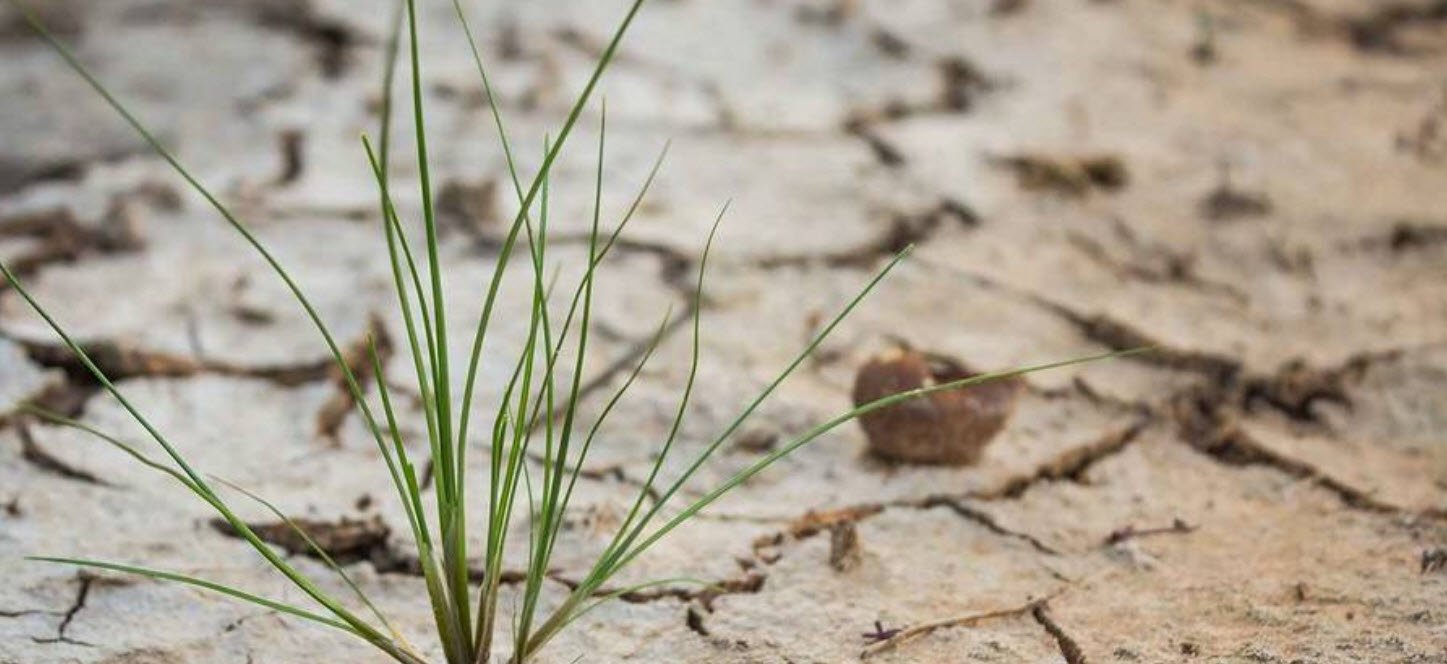
Clay soils, with their unique characteristics, present both challenges and opportunities for gardeners. Heavy clay soils tend to have poor drainage and aeration, and they can become hard and compacted when dry. However, they possess a distinct advantage in their ability to retain nutrients, making them inherently fertile. With the right strategies and thoughtful plant choices, clay soils can be transformed into thriving and productive gardens.
In this article, we delve into effective methods for working with clay soils and maximizing their gardening potential.
1. Select Plants Adapted to Heavy Soils
Choosing plants that are naturally adapted to clay soils is a smart approach. Native plants and species that have evolved to thrive in heavy soils are more likely to flourish in such conditions.
For instance, in regions like the Midwest and Southern Plains, purple coneflower (Echinacea purpurea), prairie blazing star (Liatris pycnostachya), and lanceleaf coreopsis (Coreopsis lanceolata) are excellent choices for clay soils due to their resilience and compatibility with these environments.
2. Enhance Aeration and Drainage
Improving aeration and drainage in clay soils is crucial to prevent waterlogging and root suffocation. Incorporating organic matter, such as compost or well-rotted manure, into the soil helps break up the heavy clay particles and creates pore spaces for better air circulation and water movement. This practice also enhances the soil’s structure and encourages beneficial microbial activity.
3. Cultivate with Care
When working with clay soils, opt for a fork instead of a shovel when cultivating the soil. Shovels can compact the soil further, while a fork allows for a gentle approach that reduces disruption to the soil structure. Allow larger clods to air dry before breaking them up with a rake to maintain soil integrity.
4. Mulch for Soil Health
Mulching is an effective way to maintain organic matter in clay soils and protect them from the compaction caused by rain and the sun’s impact. Organic mulch, such as wood chips or straw, helps retain moisture, suppresses weeds, and gradually breaks down, adding valuable nutrients to the soil.

5. Design Thoughtful Pathways
To minimize compaction from foot traffic, incorporate pathways in your garden design. These pathways provide designated walking areas, directing traffic away from plant beds and preventing unnecessary soil compression.
Choose materials like gravel or stepping stones that allow water to pass through and maintain proper drainage.
6. Water Wisely
When irrigating clay soils, it’s essential to do so slowly to avoid waterlogging. Clay soils retain moisture well, but they can become overly saturated if watered too quickly. A slow and steady watering method allows the soil to absorb the moisture effectively without leading to waterlogged roots.
In conclusion, clay soils can be transformed into productive and vibrant gardens with the right strategies and a touch of gardening know-how. By selecting appropriate plants, improving aeration and drainage, cultivating with care, using mulch, thoughtful pathway design, and watering wisely, gardeners can successfully navigate the challenges of clay soils and harness their inherent fertility.
With patience and dedication, clay soils can become a canvas for creating beautiful and thriving landscapes that inspire and delight both gardeners and nature lovers alike.
You may also like:- From Seed to Soil – How to Kickstart Your Garden
- Top 10 Plants You Can Grow Instead of a Fence
- Winter Sowing – Growing Resilient Plants From Seed in the Cold
- 12 Medicinal Plants You Can Grow At Home
- Effective Gardening Tips for Saline Soils
- Effective Strategies For Working With Shallow Soils
- Effective Strategies For Working With Acid Soils
- Perennial Plants: The Garden’s Timeless Beauties
- Understanding the World of Horticulture: Varieties, Propagation, and More
- Top Strategies for Dealing with Compacted Soils








